2016 Chevrolet Camaro First Drive - Hostile and Hospitable

2016 Chevrolet Camaro SS
No good deed goes unpunished.
When Chevrolet announced its fifth-generation Camaro in 2008 after a long hiatus, many hailed (including yours truly) its avant-garde style and sleeker sheet metal. A starring role and skyrocketing sales couldn’t dim its usual criticism shortly thereafter. Fully four years into that model, good feelings waned; its overweight chassis and zest for precious, expensive gasoline overshadowed most of its good attributes.
Even our sixth-generation tester — which we picked up in Bozeman, Montana on a dreary November morning in between snowstorms and set under overcast skies — didn’t entirely impress.
The lipstick red V-8 clad SS — shod with snow rubber and little else to handle an unforgiving Western Montana winter climate — seemed overmatched with the task of climbing Lookout Pass and into Eastern Washington and beyond. A rear-wheel drive sports car could find friendlier confines than the Montana plains and mountains in winter’s first offensive.
Yet underneath its attention-grabbing red paint and optional, shocking red leather, it represented General Motors’ best attempt at righting some of the perceived wrongs suffered by the last generation Camaro — which begged to be uncovered. The 2016 Chevrolet Camaro is lighter, shorter and more adept at fighting in the pony car class it helped define, even if critical taste had shifted from the out-there sheet metal from 2010 to the Ford Mustang’s svelte hips and raucous engine choices.
I think Chevrolet got our letters.
Where the Mustang is an only child, sharing a chassis with no others in the Ford stable, the new Camaro has a big family. Sharing an Alpha platform with the Cadillac ATS, the Camaro benefits from economy of scale. It’s base, 3.6-liter V-6 is shared with the ATS (unfortunately, so is it’s manual transmission, complete with six-speeds and long throws) but the Camaro’s cabin may as well be an Apollo capsule compared to the Space Shuttle-sized ATS.
Which makes a good point: it’s best to consider the 2016 Chevrolet Camaro in terms of a rocket from here on out.
Exterior
The 2016 model’s taut sheet metal is sleeker and sharper than the outgoing Camaro it replaces. The new Camaro isn’t entirely “new,” rather it feels like a significant install atop the last generation’s completely new operating system.
The good news is that its handsome looks extend from the bottom all the way to the top of the range (for now). The $47,295-ish SS tester we piloted didn’t look completely foreign next to its base V-6 LT brother in parking lots. That’ll be good news for budget buyers who won’t opt for the bigger powertrain (even though they should) but bad news for the SS buyer who wants to stand out from the rental-car crowd. A throbbing, growling 6.2-liter LT1 V-8 muscle car should feel special, and our Camaro’s deck-lid spoiler fell flat— at least next to its similarly styled V-6.
The 2016 Camaro is fully 2-inches shorter in length and 1-inch shorter in height than the outgoing model it replaces. It’s figuratively and literally smaller: the 2016 model’s high beltline and comically small greenhouse lets only a sliver of sunlight through its narrow gaps — a hardtop 2016 Camaro is hardly a remedy for seasonal affective disorder. To me, it looks like a frat boy that’s found Crossfit in its junior year.
Around back, a rear ¾-view doesn’t reveal a Camaro at all. The thinner taillights that stretch further across the rear trunk and fat C-pillar look downright like a GT highway cruiser, foreshadowing things to come inside. From the wheel arches up, I’d say Chevrolet just stole the Jaguar F-Type’s thunder, but I’m wrong a lot.
Up front, the thin bar stretching across the front of the 2016 car and sharper hood lines evoke a fifth-generation Camaro that’s just trying that much harder. It’s not all together a bad thing, it’s just working harder and that should impress many potential buyers in many red states.
Interior
More than once behind the wheel, it felt like the Camaro was breaking some sort of law for outward visibility. The car’s narrow driver and passenger window were barely tall enough to push your head out through to look at the curb next to you, and the elbow rest was so high up on the window it felt like we were tickling our own armpit to give our deltoids a breather.
The rest of the 2016 Camaro’s interior felt fresh off the concept car showroom floor, for better or worse. The stocky, chunky interior materials are married to look-at-me tech, which includes an 8-inch digital instrument cluster and an equally large infotainment display titled downward, but nonetheless a magnet for smudges and fingerprints.
Our red Camaro, a shade Chevrolet dubs “Red Hot,” carried an equally blistering shade of red on its interior hides — a shade I could do without. The seats are bolstered well and comfortable on long hauls. Despite its low hip point, the Camaro wasn’t particularly onerous to climb into/out of, nor did it offer a compromised view of the road beyond its small windshield and tall hood.
We chalked up a few niggles to “pre-production” woes: the fit and finish of the plastic of the binnacle was poorly fitted; the air vents were incredibly stiff and the dash felt like it was loosely fitted to the bulkhead. This is the first Camaro built in the U.S. in more than two decades after all.
The Camaro’s flat-bottomed steering wheel is comfortable — if a little too thin in our big ham fists — with easily reachable controls. Ergonomic curiosities abound. The armrests are ridiculously high; the wireless phone charger is placed behind the driver and passenger seats, behind the center console; and, the center-mounted air vents double as climate control knobs, which is only noticeable when you look really hard. Meanwhile, the thrones are comfortable and familiar like a good backyard hammock; a neutral, commanding driver’s position is easy to find; and the pedals couldn’t be suited better if they were made on Savile Row.
If you’re looking for back seats, buy a Malibu.
Infotainment
MyLink added CarPlay connectability for this year, which was a blessing and a curse. Apple Maps is nowhere near as functional and helpful as MyLink’s baked-in system. And with an iPhone plugged in, getting to MyLink’s system requires extra taps of the 8-inch screen. Defeating the Camaro’s optional dual-mode exhaust by cranking up the music rewarded us with crisp tones and fairly decent bass.
OnStar adds more features such as concierge service that can book a hotel room for you if you’re blitzing Montana’s roadways, but holy mackerel can the costs add up on monthly subscription fees with LTE wifi capability and data for heavy users.
Powertrain
Having said that, the Camaro’s 6.2-liter V-8 pushrod hero lifted from the Corvette is just as impressive in this less-expensive cousin. According to Chevrolet, 20 percent of the powertrain components, including the exhaust manifolds, are specific to the Camaro, yet it retains 100 percent of the Corvette’s grunt and thrust.
The SS is rated at 455 horsepower, which makes it the most powerful SS to date. In fact, the Camaro didn’t breach the 400-horsepower threshold until the fifth generation, yet all 455 ponies and 455 pound-feet of twist in the 2016 car feel more refined and more available. The SS will run up to 60 mph in only four seconds — a figure that’s easy to believe — which seems like a herculean feat for a pony car that felt fat and stodgy just a year ago. What a difference 225 pounds of weight loss makes.
The SS is standard with a six-speed manual box that comes from the ATS and is far from my favorite. Risking scoffs and shrugs from the B&B, I prefer the eight-speed HydraMatic 8L90 in the Camaro SS — for this year at least — thanks to its quick shifts and smart logic. A similar autobox in the Corvette around a track made us forget about the third pedal, and the eight-speed in the Camaro made us glad we didn’t have one in the first place.
When mated to an automatic, the V-8 turns on cylinder deactivation, a la the Corvette. In only a few circumstances did we ever find ourselves running on just four pots, and the overall mileage showed it. On a 90-percent highway drive we managed only 23.3 mpg for more than 600 miles. Ouch.
The Camaro also comes in 2-liter turbo four and 3.6-liter V-6 variants, neither of which we drove across Montana and Washington and weren’t sorry for it: the V-8 Camaro is the one you want. Mileage be damned.
Drive
Chevrolet stuffed Magnetic Ride Control in V-8 equipped models to keep things tidy when carving corners. The ride selector switch is easier to use than in the Corvette, switching easily between Normal and Sport modes, while Track disabled some of the car’s stability functions. The corners stay exactly where you want them to be thanks to bleeding-edge tech and probably magic.
At full throat, the Camaro is a furious, rigid, blessed brute in a straight line and in corners. We were gifted a few tempting moments of road carving, and they only whet our appetites for more. Better drive routes than Interstate 90 between Bozeman and Seattle beg to be found in the 2016 Chevrolet Camaro.
But it’s equally infuriating behind the wheel. The Camaro offers no real look at the road behind you. The rear window may as well be painted-on: it’s useless.
The Camaro offers no up-to-the-minute driver’s aids such as adaptive cruise, blind spot monitoring or even outward visibility. The V-8 is partially the best pick because you’ll know you have the passing power to remove all doubt that anyone is sitting in your blind spot.
That’s a curious problem for Chevrolet because with just a few additions, such as driver’s aids and better visibility, the Camaro could be a drag-strip warrior in between 500-mile stretches of open road — and equally comfortable in both places. I wish it were more humane, but I applaud its raw nature.
The Camaro’s concept-car good looks and legendary lump up front are only slightly overshadowed by the Camaro’s impractical style.
No good deed goes unpunished.

More by Aaron Cole
Latest Car Reviews
Read moreLatest Product Reviews
Read moreRecent Comments
- Kwik_Shift_Pro4X I fell asleep looking at that image.
- Verbal Rented a Malibu a while back. It was fine, if a bit gutless.I get that Detroit wants to go all-in on high profit margin SUVs and blinged-out MAGA trucks. Everyone has known for decades that they can't compete on price in the affordable sedan space. So now all of Detroit's sedans are gone except for a couple of Cadillac models.But you'd think that just one of the domestic brands could produce a fun, competitive and affordable sedan. Just one? Please? Anyone? Bueller?
- 3-On-The-Tree I wouldn’t even use Ford as a hearse for fear of being late to my party.
- SCE to AUX Norway is in Europe, and Tesla is an American automaker - no problems there.I wouldn't use Ford as the bellwether.https://www.reuters.com/business/autos-transportation/tesla-extends-lead-norway-evs-take-record-82-market-share-2024-01-02/https://elbil.no/english/norwegian-ev-policy/
- Steve Biro If the U.S. government wants to talk about banning all connected cars - or at least the collection and sharing of information from said vehicles - I’m all ears. Otherwise, don’t waste my time.




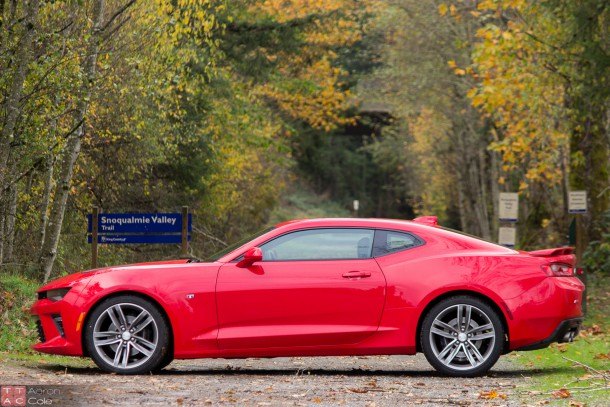




































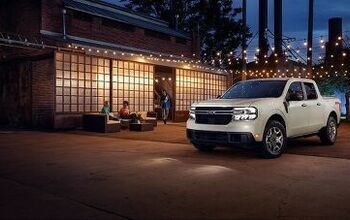
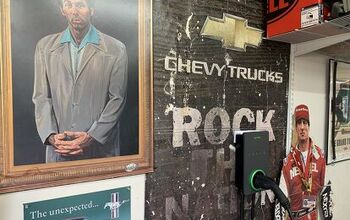

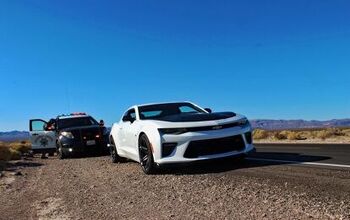
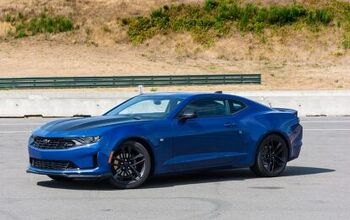
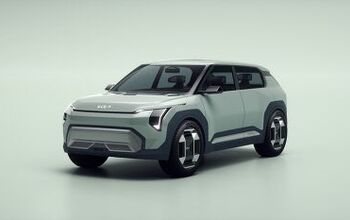


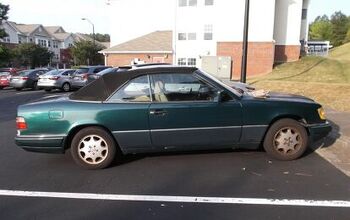


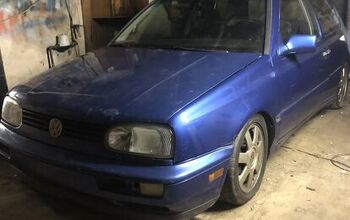
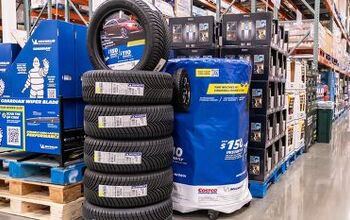
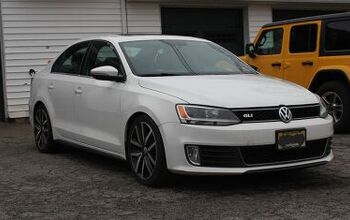
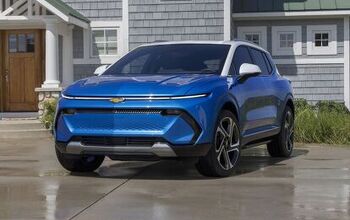

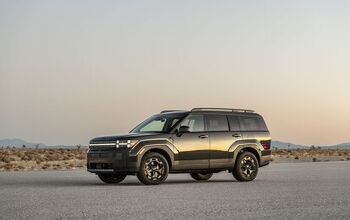
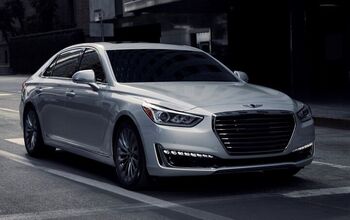
Comments
Join the conversation
WAH! My $45,000 455 hp car only gets 23.3mpg! Wah! That's only a $225/year difference in operating costs for 15,000 miles per year vs a car that got 28mpg highway. Or about 2.25% of the overall annual ownership costs. In other words, negligible. If your payment was $400 or $410 a month, would that change your car choice? Readers: The mark of amateur auto journalists is a fixation on small incremental differences in fuel economy. Take what they write with a grain of salt. They're just parroting what they see the big boys doing. They're incapable of doing the analysis necessary to really comment on a car.
It|s got winners equipment (motor and chassy .. and interior) .. but .. It|s got a "messy" design (the same problem with Vette design)!(especially front of the car lacks character) - (they should go neo-retro or modern .. .. Mustang looks better (although still not enough muscular ("simple&blocky") and too much "shmancy-fancy - global product" ... ) They are after all "traditional pony-muscle cars" f..f..sake.. >)